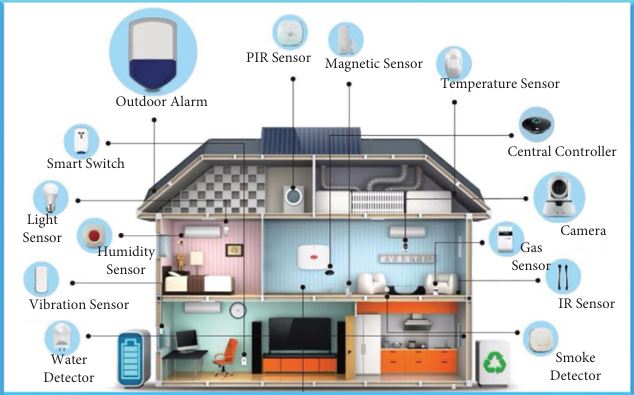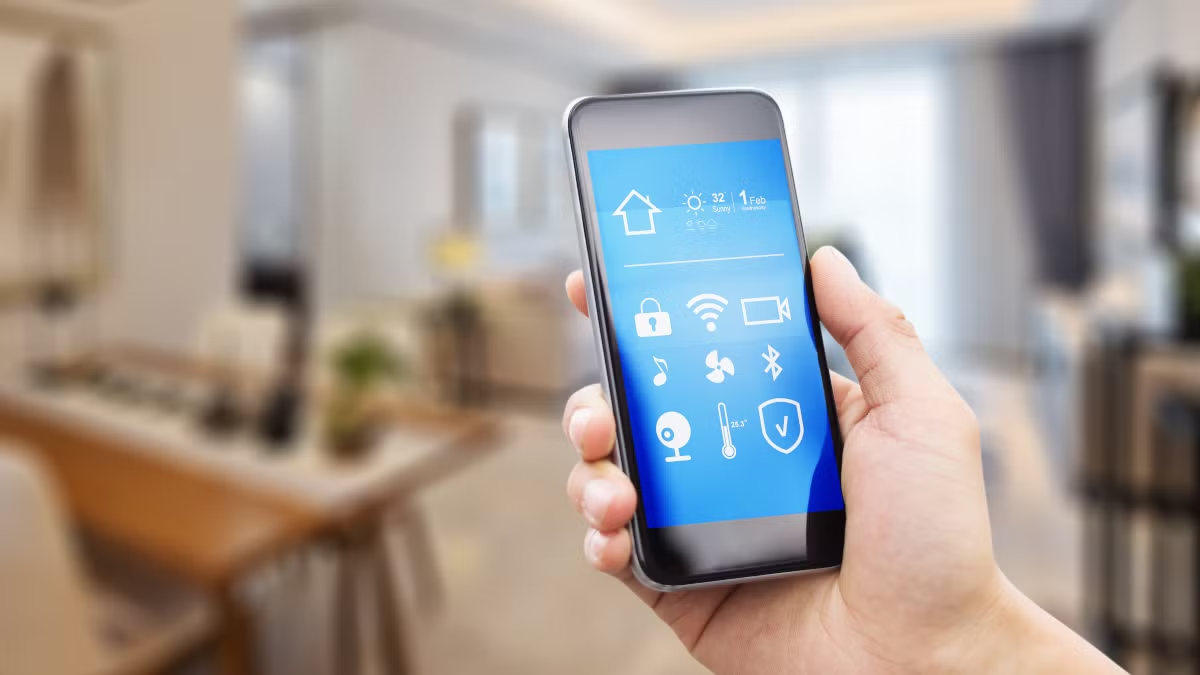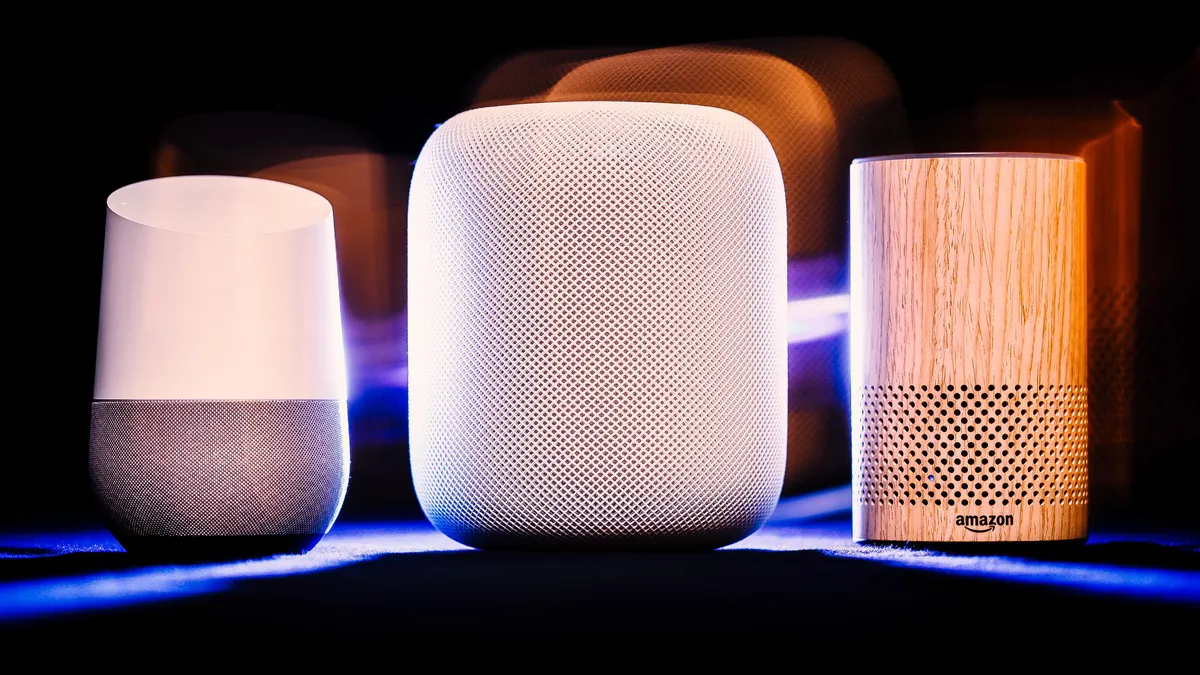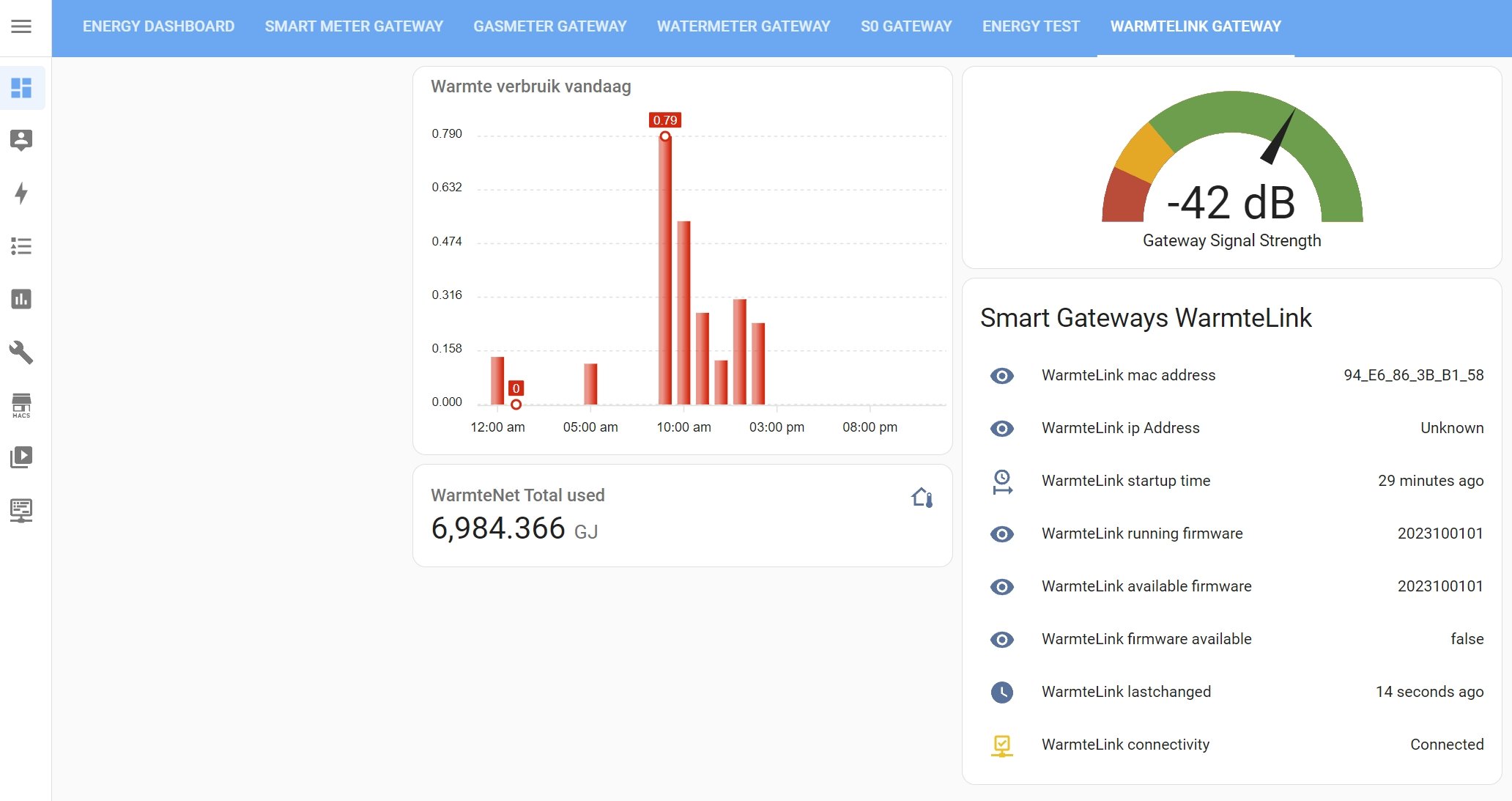Essential equipment for smart home setup has become a key topic for homeowners seeking convenience, security, and energy efficiency. With the right combination of devices, your living space can transform into a responsive, automated environment tailored to your lifestyle. In this guide, we’ll explore the most important devices you’ll need to build a solid smart home foundation.
What Is a Smart Home Setup?
A smart home setup is an interconnected system where lighting, heating, security, and appliances can be controlled remotely or automatically through a central platform. These systems offer benefits like automation, real-time monitoring, voice control, and personalized routines to simplify everyday tasks and enhance safety.
1. Smart Home Hub – The Brain of Your System
A smart home hub is the control center that connects and manages all your smart devices. Whether it’s Google Nest Hub, Amazon Echo Show, or Apple HomePod, this device allows seamless communication between various components like smart plugs, cameras, and lights.

2. Smart Lighting Systems
Smart bulbs and lighting strips play a major role in enhancing both ambiance and energy efficiency. Brands like Philips Hue, LIFX, and Yeelight offer features like scheduling, motion detection, and voice control. Smart lighting helps lower your electricity bills while improving home comfort.
3. Smart Thermostats and Heating Control
Smart thermostats learn your habits, adjust indoor temperature based on preferences or weather conditions, and reduce unnecessary energy use. Devices like Google Nest Thermostat, Ecobee, or Tado° make it easier to control heating systems remotely and save on utility costs.
4. Smart Home Security Systems
Security is a major reason for investing in a smart home. Motion sensors, smart door locks, cameras, and alarm systems work together to create a fully protected environment. Many systems offer real-time notifications and mobile access, so you’re always in the know.
5. Smart Plugs and Energy Management Devices
Smart plugs allow you to monitor and control energy usage for individual appliances. You can turn off devices remotely or automate power schedules. This not only helps save energy but also enhances safety by avoiding overuse.
6. Voice Assistants and Voice-Activated Systems
Voice assistants like Amazon Alexa, Google Assistant, and Apple Siri make controlling your smart home as easy as speaking. Whether it’s adjusting the lights or playing your favorite song, voice commands bring convenience to a new level.
7. Connectivity: Wi-Fi, Zigbee, and Z-Wave
Stable communication between devices is key to an efficient smart home. Protocols like Zigbee and Z-Wave offer secure, low-power communication. A reliable Wi-Fi network ensures fast response times and broader device compatibility.
8. Smart Home Apps and Control Software
Apps like Google Home, Apple HomeKit, and Samsung SmartThings allow you to monitor, control, and automate your smart home from your phone. These apps bring all your devices into one interface, enabling detailed routines and real-time insights.
🔗 Curious about how smart home systems actually work? Check out our full guide on “How Do Smart Home Systems Work?”
Building a smart home doesn’t happen overnight. But understanding the essential equipment for smart home setup gives you a roadmap to follow. From security and comfort to energy efficiency, each device plays a unique role. By integrating these tools wisely, you can transform your home into a safer, smarter, and more efficient environment.


